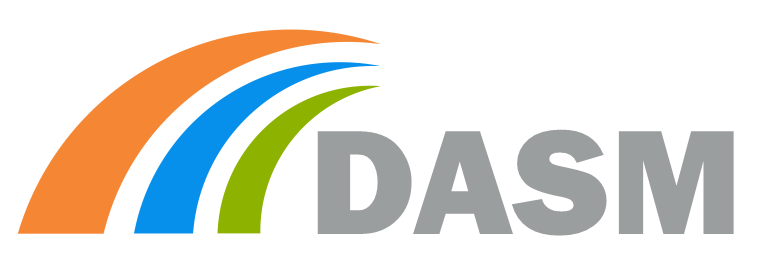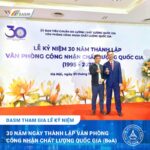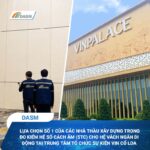1 Scope
This part of ISO 11546 specifies laboratory methods for the determination of the sound insulation performance (insertion loss) of small machine enclosures.
It applies to a total enclosure only and not to the individual panels from which the enclosure is made.
NOTES
1 Sound insulation for enclosure panels such as wall elements, doors, windows, silencers, etc. should be measured in accordance with other relevant standards.
2 Related standards concern noise-attenuation measurements of enclosures in situ (ISO 11546-2) and cabins (ISO 11957).
The measurement methods specified in this part of ISO 11546 are based on International Standards in the series ISO 3740, ISO 9614 and ISO 11200 (see table 1). Depending on the method chosen, the sound insulation performance (insertion loss) of the enclosure is determined in terms of the reduction of sound power level or sound pressure level. Methods are given for measurements where the enclosure surrounds the actual sound source (machine). Where these methods are not practicable, alternative measurements can be performed using a reciprocity method (see definition 3.11 and subclause 7.2) or an artificial sound source.
This part of ISO 11546 is applicable without any restrictions to freestanding enclosures with volumes less than 2 m3. If the actual sound source is used, the sound insulation performance of enclosures with volumes exceeding 2 m3 can be determined provided that the requirements concerning maximum permissible volume in the standard used are fulfilled. The actual sound source method is applicable for any kind of enclosure design, for example enclosures fixed to the machine.
When the reciprocity method or the artificial sound source method is used, the maximum volume of the enclosure is limited to 2 m3. These methods are not applicable to close-fitting enclosures.
The wording “laboratory conditions” used in the title of this part of ISO 11546 indicates that test conditions and test environment (indoor or outdoor) fully conform to the respective International Standards given in table 1.
2 Normative references
The following standards contain provisions which, through reference in this text, constitute provisions of this part of ISO 11546. At the time of publication, the editions indicated were valid. All standards are subject to revision, and parties to agreements based on this part of ISO 11546 are encouraged to investigate the possibility of applying the most recent editions of the standards indicated below. Members of IEC and ISO maintain registers of currently valid International Standards.
ISO 140-6:1978, Acoustics — Measurement of sound insulation in buildings and of building elements — Part 6: Laboratory measurements of impact sound insulation of floors.
ISO 717-1:—1), Acoustics — Rating of sound insulation in buildings and of building elements — Part 1: Airborne sound insulation.
ISO 3741:1988, Acoustics — Determination of sound power levels of noise sources — Precision methods for broad-band sources in reverberation rooms.
ISO 3742:1988, Acoustics — Determination of sound power levels of noise sources — Precision methods for discrete-frequency and narrow-band sources in reverberation rooms.
ISO 3743-1:1994, Acoustics — Determination of sound power levels of noise sources — Engineering methods for small, movable sources in reverberant fields — Part 1: Comparison method for hard-walled test rooms.
ISO 3743-2:1994, Acoustics — Determination of sound power levels of noise sources using sound pressure — Engineering methods for small, movable sources in reverberant fields — Part 2: Methods for special reverberation test rooms.
ISO 3744:1994, Acoustics — Determination of sound power levels of noise sources using sound pressure — Engineering method in an essentially free field over a reflecting plane.
ISO 4871:—2), Acoustics — Declaration and verification of noise emission values of machinery and equipment.
ISO 9614-1:1993, Acoustics — Determination of sound power levels of noise sources using sound intensity — Part 1: Measurement at discrete points.
ISO 9614-2:—3), Acoustics — Determination of sound power levels of noise sources using sound intensity — Part 2: Measurement by scanning.
ISO 11201:1995, Acoustics — Noise emitted by machinery and equipment — Measurement of emission sound pressure levels at a work station and at other specified positions — Engineering method in an essentially free field over a reflecting plane.
ISO 11204:1995, Acoustics — Noise emitted by machinery and equipment — Measurement of emission sound pressure levels at a work station and at other specified positions — Method requiring environmental corrections.
IEC 651:1979, Sound level meters.
IEC 804:1985, Integrating-averaging sound level meters.
IEC 942:1988, Sound calibrators.
IEC 1260:—4), Electroacoustics — Octave-band and fractional-octave-band filters.









